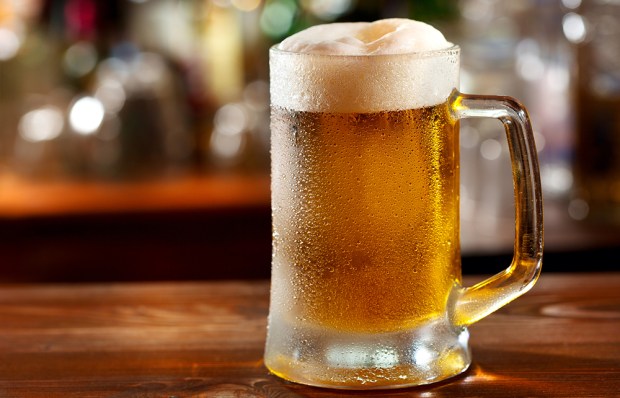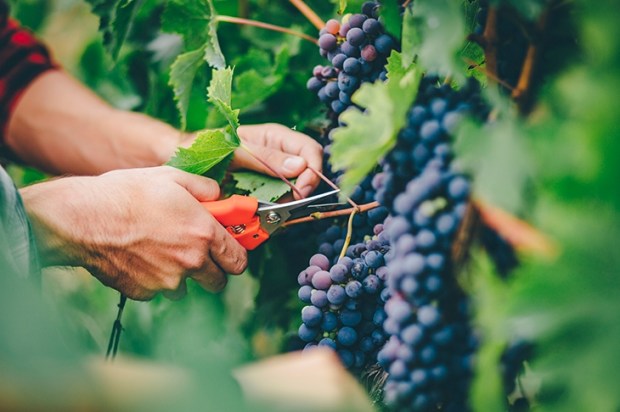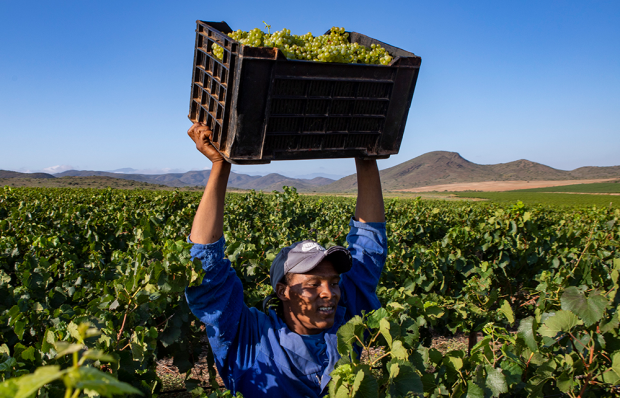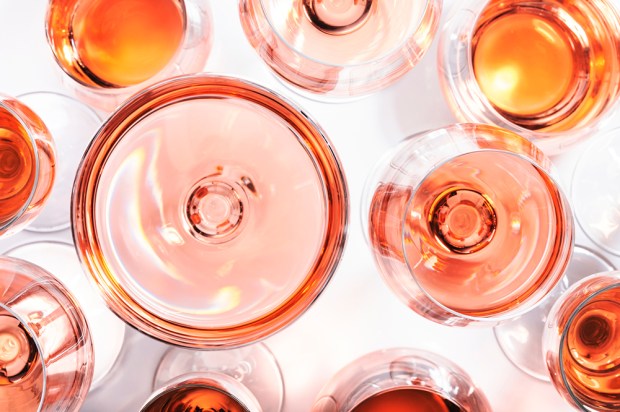Semper eadem. There is some basement in a Mayfair street that is forever France. It is not far from the American embassy, a strong candidate for the all-time monstrous carbuncle award. Bad enough that it should ever have been built: worse still, some ‘architects’ want to preserve it. Its menacing hideousness has made a significant contribution to the growth of anti-American sentiment in modern Britain.
Only a hundred yards away, there is an unpretentious building. No disrespect to successive French ambassadors in London, who have made heroic efforts to put the best possible gloss on a failed state, but Le Gavroche has done more than diplomacy ever could to justify the ways of France to Britain and to persuade the rosbifs that they order some matters better in France. London restaurants come and go. Their fame illuminates the sky, like a firework display. In many cases, like fireworks, it ends in cinders. But Le Gavroche is a splendid exception. Impervious to fashion, it sails on in serene self-confidence, producing classic French food. Moreover, if you can chain yourself to the mast, ignoring siren songs tempting you to go off-piste and melt the -plastic, the lunchtime set menu is one of the world’s greatest bargains.
I was there to help Mark Walford taste some recently released Le Soula. I praised the wine in one of my earliest columns, and that is one judgment which I do not regret (nor will anyone who bought some). It just gets better and better. The 2009 white was superb. Gracious, lingering seductively on the palate during a glissade of a finish, this is a wine which would stand up to a very serious white Burgundy. Fine now, it will still be a delight in ten years’ time, and may be another ten after that. I do not believe that there is a better white wine in the south of France.
The 2010 red Soula is already excellent, but not yet near its peak. The French would be happy to drink it; they regularly subject their wines to infanticide. But it would benefit from keeping. We also tried the red 2003, only the third Soula vintage. Still an unbroken colt of a wine, it lacked the sophistication of its younger colleague. In those days, the Soula team were still feeling their way. But it had lots of power. Again, it would not suffer from another three years in the cellar. There is only one conclusion. Take every opportunity to try Le Soula — for its reputation is growing and the price is bound to -follow.
It is the result of a collaboration between Mark Walford, one of the most joyous wine merchants of his generation, and Gerard Gauby, a young vigneron but already a name to conjure with. Look out for his other wines, especially La Muntada. Greatness awaits him; great joy, his -customers.
Back at Le Gavroche, we ate one of the finest dishes there has ever come my way. A soufflé Suissesses, it was a favourite of the late Queen Elizabeth. Double-cooked, made from Gruyère, egg white and cream, it is unsurpassable. That said, Le Gavochre’s pear tart, our chosen pudding, though excellent, was not as good as one I recently ate chez my friends Eyzie and Ro in Somerset. But a meal at the Gavroche exhausts superlatives. No doubt the kitchen is ablaze with frantic striving, which arrives in the dining room as effortless -perfection.
We finished off with an ’81 Bas Armagnac, Domaine de Boigneres. There could be no better way to introduce anyone to the concept of terroir, so it was the ideal final movement for such a banquet.
Apropos finality, a couple of weeks ago I mentioned the ’93 Clos Saint Jacques, Domaine Armand Rousseau, and said that it had divided opinions. I can now report that thirty hours after it had been opened, it too was superlative. Only one problem: I doubt if there are many bottles left to repeat the experiment.
Got something to add? Join the discussion and comment below.
Get 10 issues for just $10
Subscribe to The Spectator Australia today for the next 10 magazine issues, plus full online access, for just $10.
You might disagree with half of it, but you’ll enjoy reading all of it. Try your first month for free, then just $2 a week for the remainder of your first year.














Comments
Don't miss out
Join the conversation with other Spectator Australia readers. Subscribe to leave a comment.
SUBSCRIBEAlready a subscriber? Log in